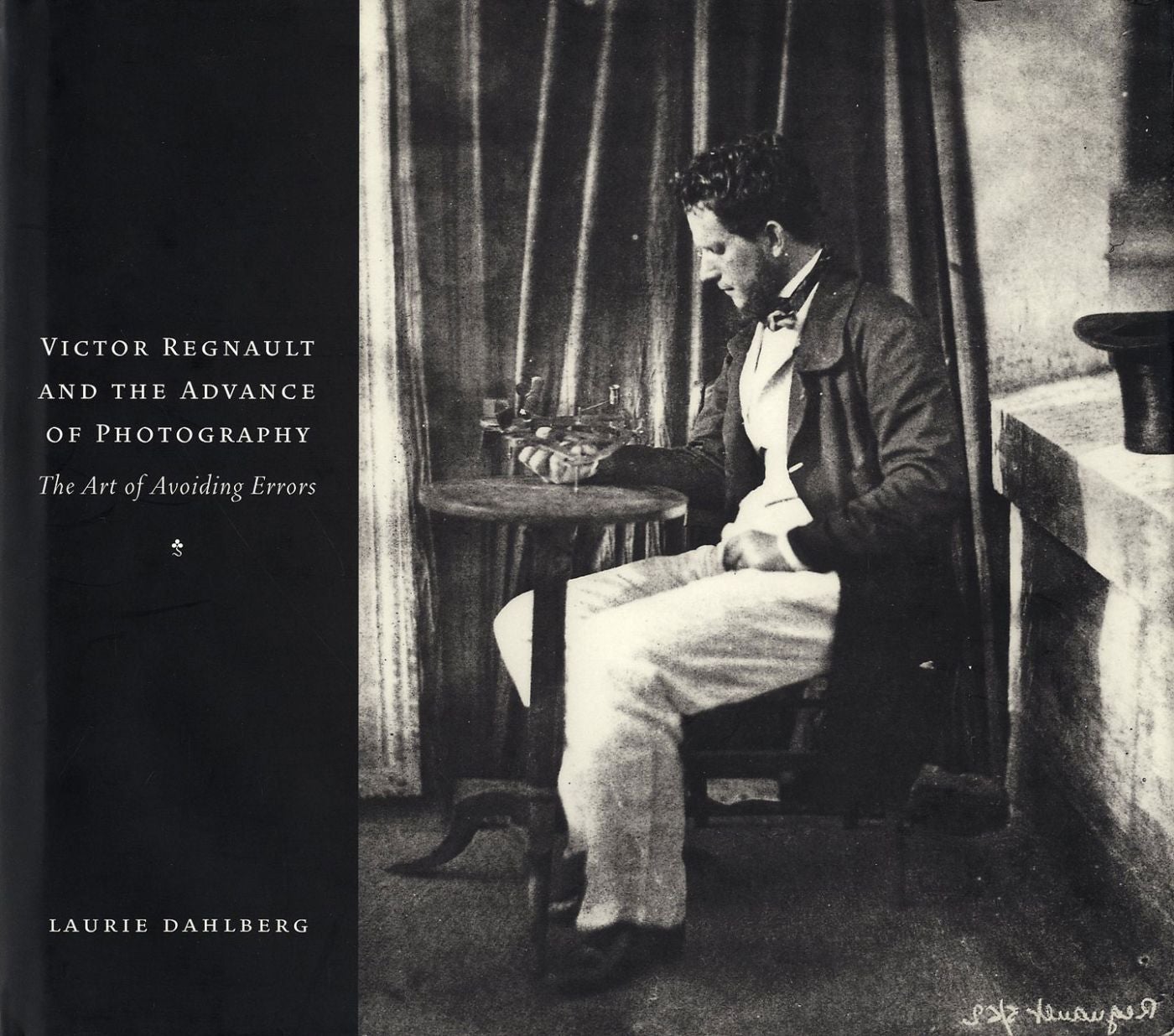Victor Regnault and the Advance of Photography: The Art of Avoiding Errors
Publisher: Princeton & Oxford: Princeton University Press, 2005
Edition: 1st Edition
Binding: Hardcover
ISBN: 0691118795
Condition: Fine / Fine
Item #: 107514
$55.00
Specifics
First edition, first printing. Hardcover. Fine brown cloth-covered boards with title stamped in gold on spine; with photographically illustrated dust jacket. Photographs by Victor Regnault. Text by Laurie Dahlberg. Includes notes, a selected bibliography and an index. 208 pp., with 88 duotone plates and 20 halftone illustrations. 10 x 11-1/4 inches.
Condition
Fine in Fine dust jacket.
Description
From the publisher: "This lavishly illustrated book establishes the towering influence of the scientist Victor Regnault (1810-1878) in the earliest decades of photography, a period of experimentation ripe with artistic, commercial, and scientific possibility. Regnault has a double significance to the early history of photography, as the first leader of the Société Française de Photographie (S.F.P.) and as the maker of more than two hundred calotype (paper negative) portraits and landscapes. His photographic and scientific careers intersected a third field with his appointment in 1852 as director of the Sèvres porcelain works. Readers are treated to Regnault's own beguiling pastoral, garden, and forest scenes; striking portraits of the scientists and artists in his circle of friends; quirky images of acoustic experiments; and an insider's view of the Sèvres porcelain works. Regnault's richly varied photographs also encompass perhaps the most extensive group of family portraits in early photography, and his romanticized landscapes reflect a moment when the rural outskirts of Paris were being aggressively suburbanized and industrialized. Occupying a unique and powerful position in the overlapping spheres of photography, science, industry, and art, Regnault was elected president of the newly formed S.F.P. in 1855. By examining his intertwined activities against the backdrop of French photography's nascent pursuit of institutional legitimacy, this book illuminates an important and overlooked body of images and the irregular cultural terrain of early photography."


